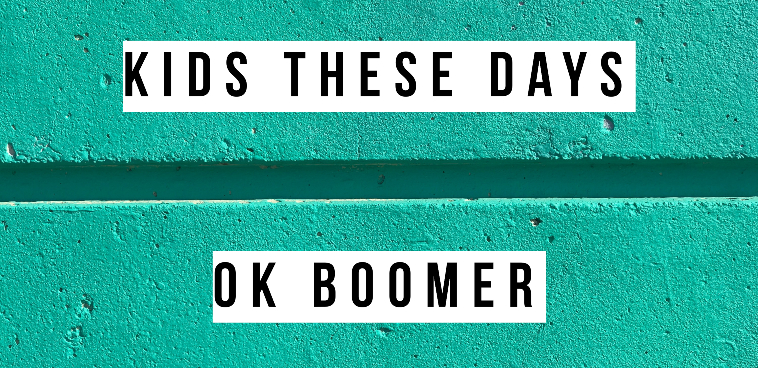This interview was conducted by Margot Carmichael Lester for SmartBrief.
With older Americans staying on the job longer, our national workforce now consists of five generations. The range of life experiences and circumstances can be a benefit or a cause of friction. To understand how this impacts organizational management, we consulted Michael S. North, PhD, assistant professor of management and organizations at New York University’s Stern School of Business. His research focuses on challenges of and considerations for a multigenerational workforce.
SmartBrief: What’s are the benefits of a multigenerational workforce?
North: Like other forms of diversity, age diversity offers the “double-edged sword” of higher conflict potential, but also higher potential for innovation. The main benefit of a multi-generational workforce is in line with any kind of diversity benefit: the potential for greater innovation, with different generations bringing different types of knowledge to the table.
In addition, there’s the pragmatic consideration that the workforce overall is becoming older and more multi-generational than ever, and so it behooves all organizations to adapt to these inevitable demographic trends.
Every generation makes assumptions and buys into stereotypes of other age groups, highlighted most recently by the #OKBoomer meme. How do myths about different generations hurt operational and financial performance?
North: As with any kind of stereotypes, there is perhaps sometimes a kernel of truth, but the problem is that these kernels become exaggerated and overblown. Much like relying on myths of any kind would hurt operational and financial performance, relying on generational stereotypes based largely not on truth is also not a good business move.
That’s because generational myths are particularly pernicious. They possess a combination of intuitive appeal — many people subscribe to the idea of “entitled millennials,” for instance — but scant scientific support.
In fact, a recent National Academies of Science report authored by a committee of experts that I was part of, summarizes the evidence showing that generational cohorts are really not very predictive of much on their own, because you cannot scientifically disentangle the effect of birth cohort from the effects of age/life stage and overall historical time period.
In other words, most of the myths we have about each other aren’t true and yet they persist.
North: Yes. It’s socially acceptable. I don’t know a single person who hasn’t had a negative conversation at some point about “kids these days” or “millennials” or “boomers.” I’ve long argued that ageism is the last acceptable form of prejudice, and I maintain that.
How can leaders and managers reduce age bias and infuse organizational culture with more generational acceptance and understanding?
North: Addressing age bias is less about a message of “don’t be ageist” and more about focusing on the unique benefits that different workplace age groups have to offer one another. Start by understanding what the generations have to offer one another. The beauty of age/generational diversity per se is the unique potential for perspective-taking, since everybody eventually joins each age group if they live long enough.
CHROs should strive to have everyone’s voices be heard equally. That probably sounds obvious, and in theory, it is. But in practice, there’s a tendency for generations to discount one another.
On one hand, older generations to dismiss the views of younger generations; this is for many reasons, including how, historically, age correlates with organizational hierarchy, so junior folks are discouraged from speaking “out of turn.” It’s important to try to step out of that box and let the junior folks be able to offer feedback. Early-career employees bring energy to the workplace and midcareer workers excel at innovation, so there’s is a certain element of scrappiness that younger workers uniquely offer.
On the flip side, there’s a tendency for junior workers to dismiss the views of the “old guard” as outdated, so it’s important to show younger generations how much they can learn from their older colleagues. This is especially true when it comes to nuanced things like how to navigate the politics of the workplace or structure your career to set yourself up for success.
Older workers also bring soft skills like conscientiousness, agreeableness, emotional calmness and pattern recognition. That last one has relevance right now. It’s the idea that spontaneous events aren’t as overwhelming, since you’ve seen this kind of situation before and know generally how to handle it — or at least that most challenges are only temporary.
What’s the downside if we don’t get a handle on ageism and age discrimination?
North: Age discrimination incurs various costs. Some of them are legal, in the sense that it’s obviously not great practice to incur lawsuits over age discrimination.
The management research shows that an organizational climate perceived as age discriminatory undermines all workers’ performance because employees question the organization’s adherence to inclusivity in general. Most workers don’t like the idea of working in an organization that excludes people for any demographic reason.
